Are you considering Intermittent Fasting as a way to reach your weight loss goals and feel better in general? This comprehensive guide will tell you everything you need to know about Intermittent Fasting, including how to get started and how to make it work for you.
If you’ve followed me for a while, you know I’ve been using Intermittent Fasting (IF) as a way of eating and managing my food intake because of the impact on building muscle mass and curbing food cravings. It’s also a helpful method for losing weight, since it helps improve your insulin sensitivity and burn stored fat.
Besides aiding in weight loss and increasing muscle with exercise, IF presents a whole lot of other benefits. It helps in improved thinking, decreases insulin resistance, lowers blood pressure, and so much more, which we’ll cover below. I talk about all of this in my What I Eat in A Day: Intermittent Fasting video as well.
IF has changed my life. I’ve lost weight, built muscle mass, increased my energy levels, and put my clean-eating lifestyle on the right track.
If you're looking to do that, too, read on for the complete guide to Intermittent Fasting For Women.
You’ve got this! Let’s get started.
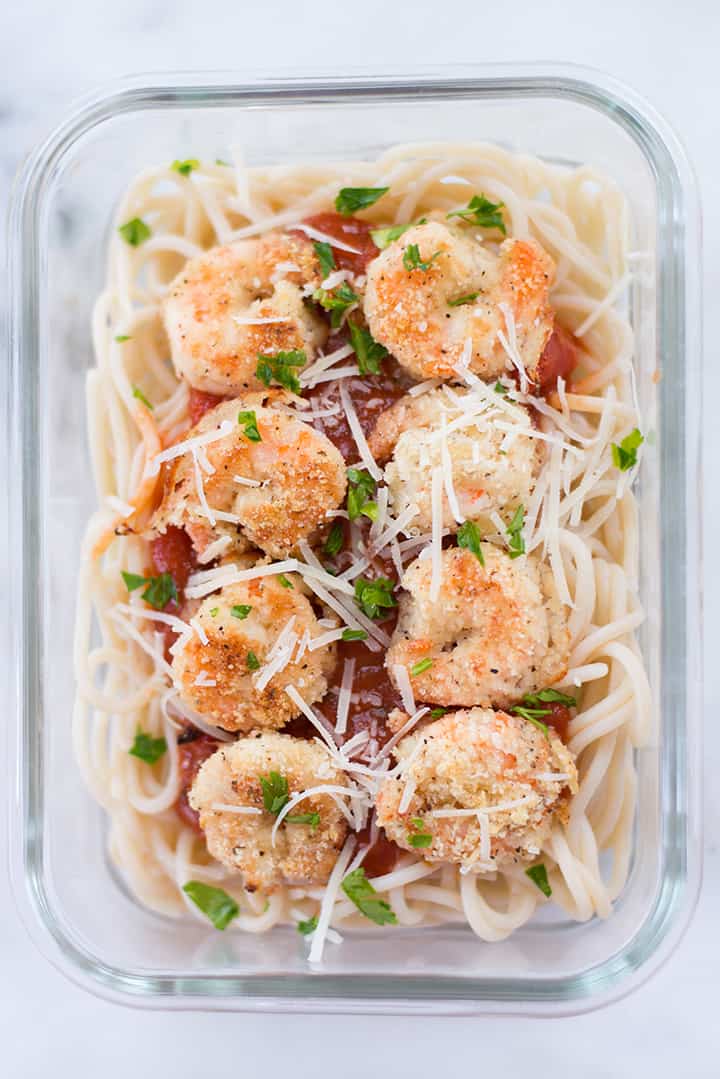
WHAT IS INTERMITTENT FASTING?
Intermittent Fasting is an eating regimen whereby you eat at specific times (called the eating window) and not during the other hours of the day (called the fasting period). It’s described as a lifestyle rather than a diet. The focus is on when you eat instead of worrying about counting calories.
Of course, you must eat healthily and maintain the calorie requirements your body needs. Not eating foods with high protein (add cleanish Plant-Based Protein Powder to your shakes), healthy fats (including yummy nut butters), and nutritious fruits and veggies can mean disaster for the fasting plan. But, if you stick to clean, whole foods, it’s pretty easy to stay on track.
The cool thing about IF is that you can choose the plan that most fits your lifestyle. And as well, the one that makes you feel the best you can be - and that’s what it is all about.
HOW DOES INTERMITTENT FASTING WORK?
Well, as you know, our bodies run like well-oiled machines. Our bodies like to be stable and on schedule as far as processes go, like eating, in this case. This is called homeostasis. When homeostasis is interrupted, the body works to get back to normal.
To maintain this state, our blood glucose rises and signals the pancreas to secrete insulin. In response to the insulin increase, our muscle and fat cells are affected. In a nutshell, they are affected in a way that allows the body to lose weight and the muscle mass to change.
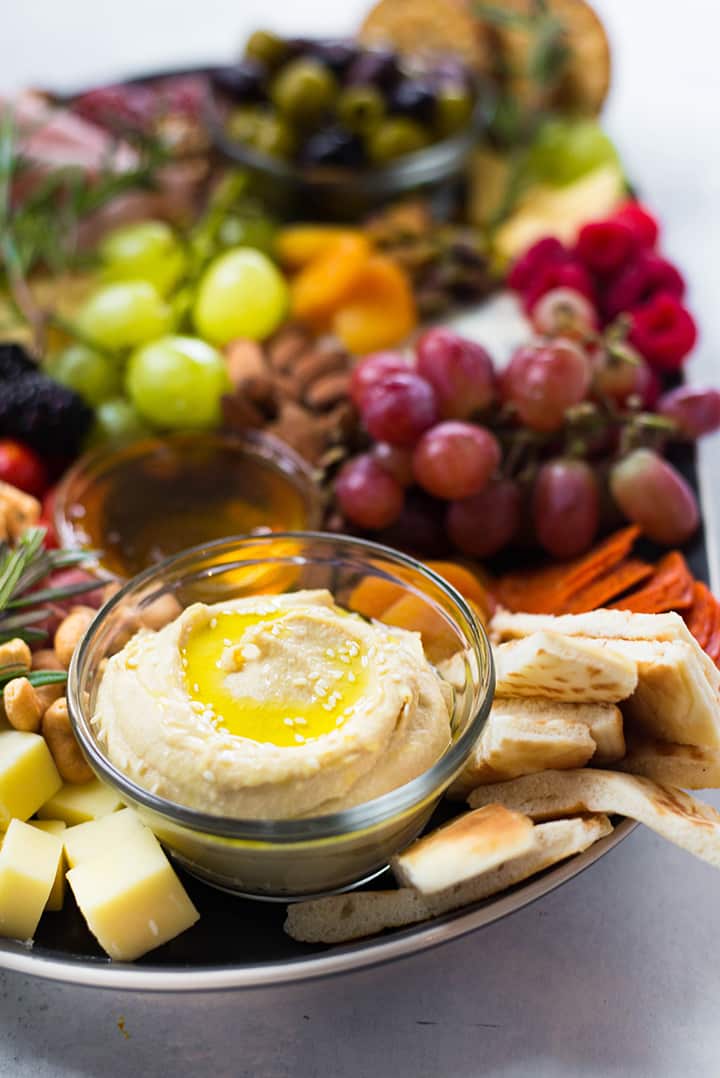
HEALTH BENEFITS OF INTERMITTENT FASTING
Knowing the benefits of intermittent fasting will help to give you the incentive to give this eating regimen a try. Knowledge is power!
- Heart Health: Lowered blood pressure and reduced LDL cholesterol lead to better heart health.
- Diabetes Control: Fasting can reduce the risk of diabetes. When fasting, insulin levels are lowered, and the blood does not have to maintain blood glucose levels.
- Weight Loss: The same decreased insulin levels allow stored fat to be used as energy, resulting in fat loss.
- Increased Muscle Mass: HGH (Human Growth Hormone) levels increase. When fasting is combined with exercise, your lean muscle mass improves. Higher muscle mass aids in calorie burning.
- Decreased Inflammation: Inflammation in the body is significantly reduced by not eating. Less insulin in the blood means the kidneys can rid the body of excess salt and water, thus reducing inflammation.
- Lower Blood Pressure: When the kidneys remove excess water and salt, blood pressure levels become reduced.
- Increased Well Being: Psychologically, the feeling of being in control, improved body image, and decreased depression are benefits of fasting.
- Increased Metabolism: Because adrenalin levels increase, the metabolism speeds up.
- Eating Less: Fasting can help you reduce your calorie count naturally through not eating other than during the fasting window.
- Delay of Aging and Disease: When you fast, your body’s cells regenerate and their function is better.
- Increased Cognitive Function: Mental sharpness and clarity are improved when you take on a fasting regimen.

INTERMITTENT FASTING MAY HAVE DIFFERENT EFFECTS ON MEN AND WOMEN
Just as the effects of intermittent fasting have contrasting outcomes, fasting can cause varying responses between men and women.
- Women may not be able to suppress their hunger as easily as men can.
- The nervous system of men undergoes fewer changes, and thus causes less stress than seen in women.
- The reproductive system of women may be more affected than in men (for example, to the extent that the timing of periods may change).
- The gonadotropin-releasing hormone in women can be affected as such that it results in more discomfort than men feel when fasting.
Remember, there are specific points women need to keep in mind when considering the fasting lifestyle. Some females experience changes to the menstrual cycle and may find it hard to get pregnant because of the irregularity. The gonadotropin-releasing hormone (which releases fertility hormones) may be affected, and that can cause problems with your fertility cycle.
If you see any of these issues, take a break from fasting or revert to a more comfortable-for-you method like the Alternate Day Method.
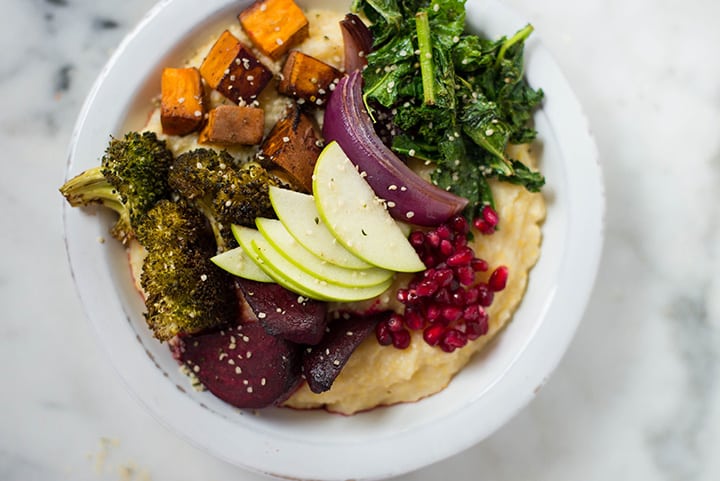
POPULAR INTERMITTENT FASTING METHODS FOR WOMEN
THE 16 / 8 METHOD: FAST FOR 16 HOURS EACH DAY
- Finish your last meal of the day by 8 pm
- Have your next meal at 12 noon the next day
- This means you fast for 16 hours with an eating window of 8 hours
- It’s almost similar to a regular eating pattern, so one of the best ways to try a fasting regimen
CRESCENDO METHOD: FAST 12 - 16 HOURS TWO TO THREE DAYS A WEEK
- This method entails non-consecutive fasting days:
- Fast 12 - 16 hours on evenly spaced days over the week
- Fast on Monday, Wednesday, and Fridays only
EAT-STOP-EAT METHOD: FAST FOR 24 HOURS 1 - 2 TIMES PER WEEK
- Once or twice per week, a fast is taken for a full 24-hour span
- For instance, fast from dinner one day to dinner the next day
- This method can be difficult if you are accustomed to eating 3 - 4 meals every day
THE 5 /2 METHOD: FAST FOR 2 DAYS PER WEEK
- Eat as you would normally 5 days of the week
- On two days of the week, restrict your calories to 500 - 600 calories per day (for example, 2 small meals)
- Some will find the calorie restriction very tough, especially at first
THE ALTERNATE DAY METHOD: FAST EVERY OTHER DAY
- Alternate Day fasting is similar to the Eat-Stop-Eat regimen and the Crescendo method
- There are several ways to fast as far as chosen hours go
- One fasts every other day but can eat up to 500 calories on fasting days
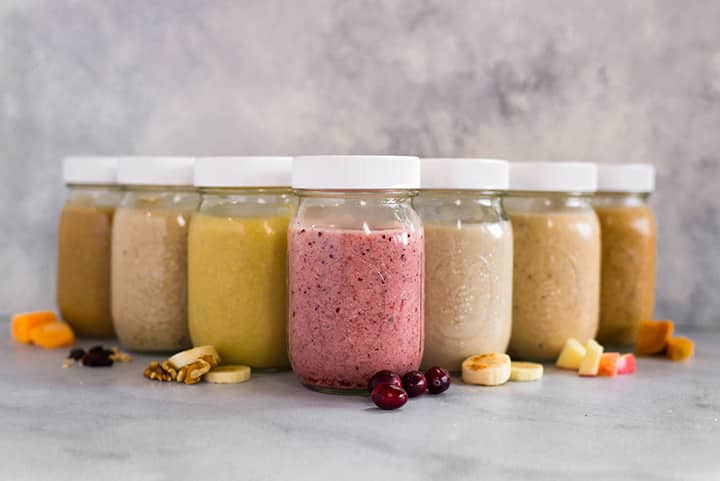
HOW TO START INTERMITTENT FASTING FOR WOMEN
Good news. It’s easy to start, and there are two rules to keep in mind that make Intermittent Fasting pretty plain and simple. Choose a fasting schedule that you think will best work for you. Then go from there with positivity. Don't look at this like an intermittent fasting diet, instead, remember it's a lifestyle change that you may love! Note - I found this to be a mental health booster, too!
Now, the two rules I want to mention:
Firstly, when fasting, keep hydrated to avoid headaches and feeling hungry as you get used to going lengthy times without eating. If you are feeling hunger pains, add 1-2 teaspoons of apple cider vinegar to your water. It can curb hunger and is also known to help with weight loss.
Additionally, don’t eat anything when you are fasting. That is the second straightforward rule. Check out my video on what does and doesn't break a fast and this post on vitamins breaking a fast for more info on what to choose and what to avoid.
Keep it simple and steady. Start off by going several hours in between meals to see how you make out. Skip a meal, and eventually build up to skipping two. Make a point when you do eat, to eat clean wholesome foods so that you feel your best. Take a look at my Clean Eating Guide for Beginners to get the scoop on how to shop for healthy food. Or, if visuals work better for you, watch my clean eating video.
Do check with your doctor, though, before starting IF. Any time you are making significant changes to your lifestyle, whether it be food or exercise, get a clean bill of health first.
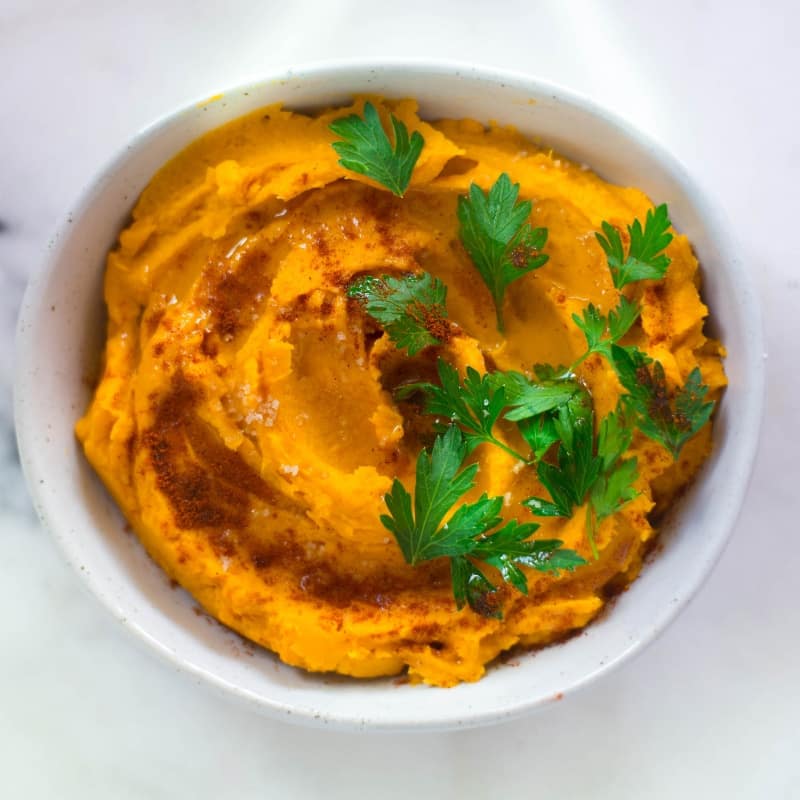
IS INTERMITTENT FASTING SAFE WHILE PREGNANT OR BREASTFEEDING?
Because when you are pregnant you are eating for the health of two people, fasting is probably not a good idea. Rather than thinking about losing weight, concentrate on what your body needs to do for the baby. Eat properly to boost maternal fat stores for breastfeeding later.
Remember, the food and nutrients you eat are building your child’s body and developing their brain. Some pregnant women struggle to have adequate iron stores. Not eating your complete food requirements could cause iron deficiency, starving your baby of needed iron. Your baby is receiving the required nutrition from your body - so you’ve got to make sure it’s there.
As for breastfeeding and fasting, it’s best to avoid long fasting periods because your baby needs nutritional milk, and fasting may affect both production and quality. While there is not a ton of research or medical warnings not to, I'd recommend not fasting longer than 12-14 hours if breastfeeding so as not to interrupt milk production.
Definitely, if you find your milk supplies drying up, try stopping your fasting and eating more regularly throughout the day to see if that helps resolve the issue.
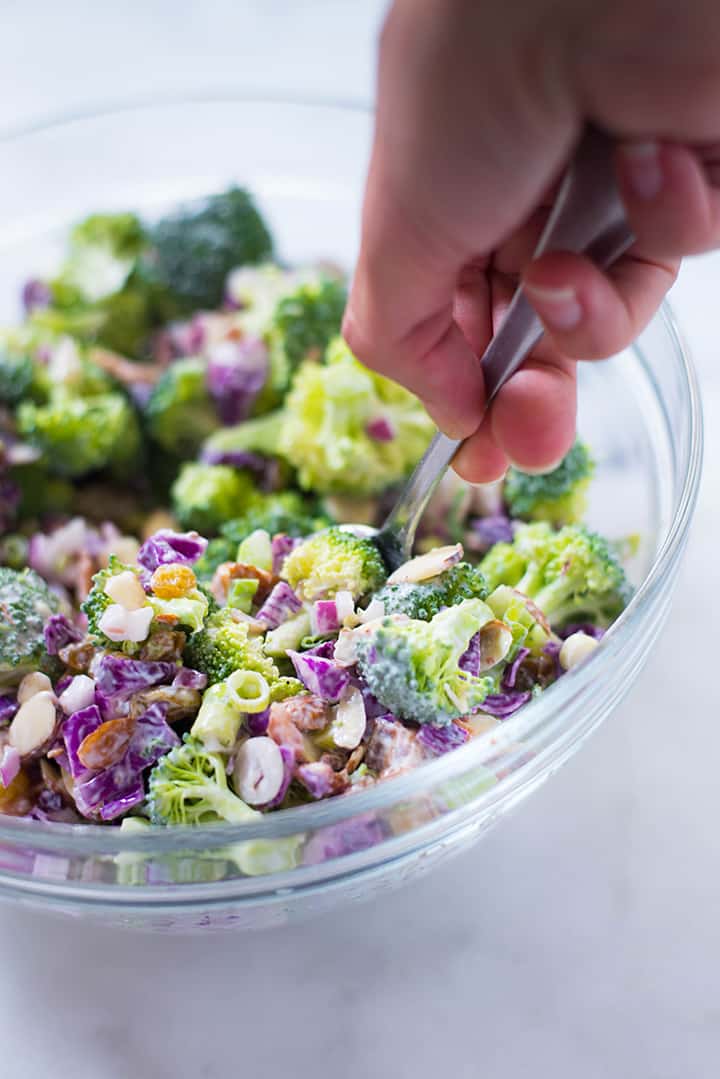
TIPS AND COMMON MISTAKES TO AVOID WHEN INTERMITTENT FASTING FOR WOMEN
To make the transition to fasting easier and to keep yourself on track, remember these points:
- If you ever feel lightheaded or weak when exercising, shorten the session, rest, or drink some water
- If you have an off day where it seems too hard, take a break and hop back on the fasting wagon the next day
- Stay hydrated at all times
- Eat well and include protein (cleanish Protein Powder is a great choice), fiber, healthy fats, and complex carbs (quinoa, sweet potatoes and lentils are examples) in your eating window - you still want a healthy calorie intake
- Avoid processed foods; you want the food you eat to benefit your body rather than be empty calories that can take a toll and cause issues like low blood sugar
- Beware of fast-breakers like toothpaste (use a baking soda paste instead when fasting) and medications such as Advil with a coating that may contain sugar
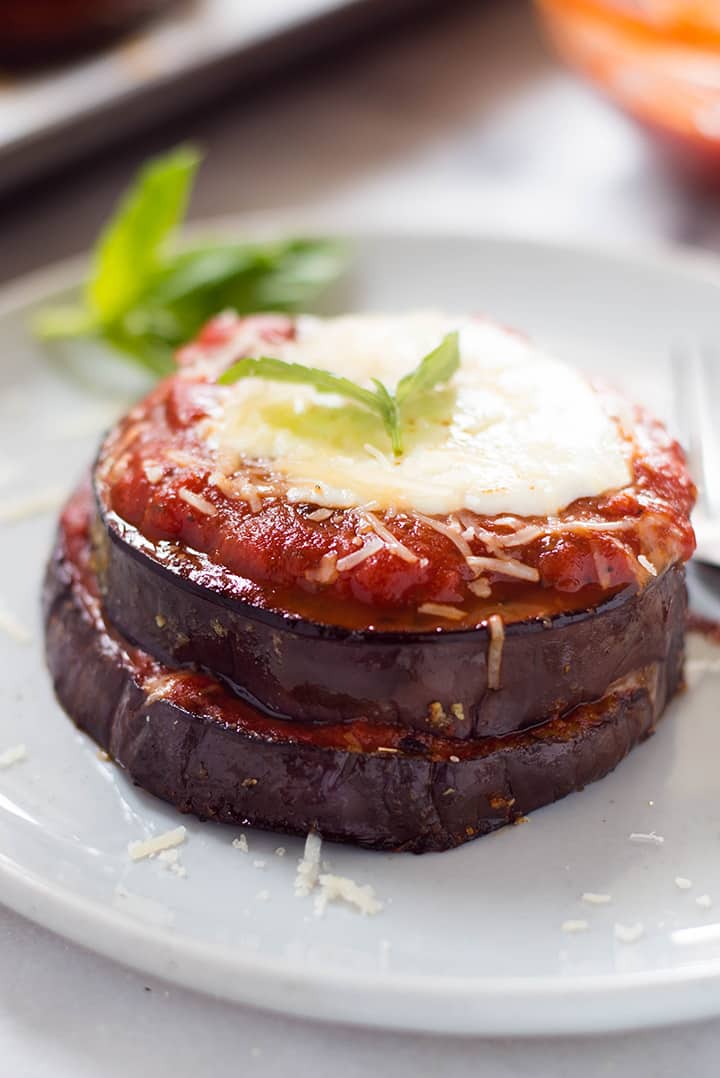
FREQUENTLY ASKED QUESTIONS ABOUT INTERMITTENT FASTING FOR WOMEN
DOES INTERMITTENT FASTING MAKE YOU WANT TO EAT MORE?
You may feel like you are famished when you get to your eating window, but as long as you eat healthy food and keep your calorie count around 1200-1500 per day, you will soon get used to eating less. An excellent way to make sure that you eat what you should when you have an eating window is to meal prep. Spend an afternoon and prepare your meals for the week. Everything you need to eat clean will be ready and waiting in the fridge.
HOW MUCH FASTING IS TOO MUCH?
Fasting longer than 24 hours can be tough, and you may not feel well if you push it beyond that. For some, even the 16 / 8 Method is extreme. The rule of thumb is to experiment with the fasting methods and see which one works best for your schedule and leaves you feeling the healthiest every day. Remember, our female bodies react differently than men's do. With reproductive hormones like progesterone and estrogen and life stages like pregnancy and menopause, we want fasting to work with us, not against us.
WHAT IS THE BEST MEAL TO START AND END YOUR FAST WITH?
The best meals are always clean-eating food. Wholesome and fresh fruits and vegetables, lean proteins, fiber, and healthy carbs should be the mainstay of your diet both before your fasting period and during the eating window. If you'd like to slowly break your fast, bone broth is recommended.
CAN I EXERCISE WHEN INTERMITTENT FASTING?
This is a definite yes. Some will choose to exercise on non-fasting days if they are doing the Alternate Days Method. Others will work out during a fast because of the benefits of building lean muscle mass. Ideally, the best time to exercise is according to how you feel and what you are used to. Personally, I almost always work out during my fast.

MORE POSTS ON INTERMITTENT FASTING FOR WOMEN
The bottom line is, I have seen wonderful changes with IF and I know you will, too. Want to learn more about Intermittent Fasting? Read on!
- Does Intermittent Fasting Work for Weight Loss? Beginners Guide to Intermittent Fasting
- 15 Weight Loss Hacks That Actually Work
- Eating Clean for Beginners
- 7-Day Meal Prep for Weight Loss
- How to Portion Control for Weight Loss
This post contains affiliate links for products I use regularly and highly recommend.

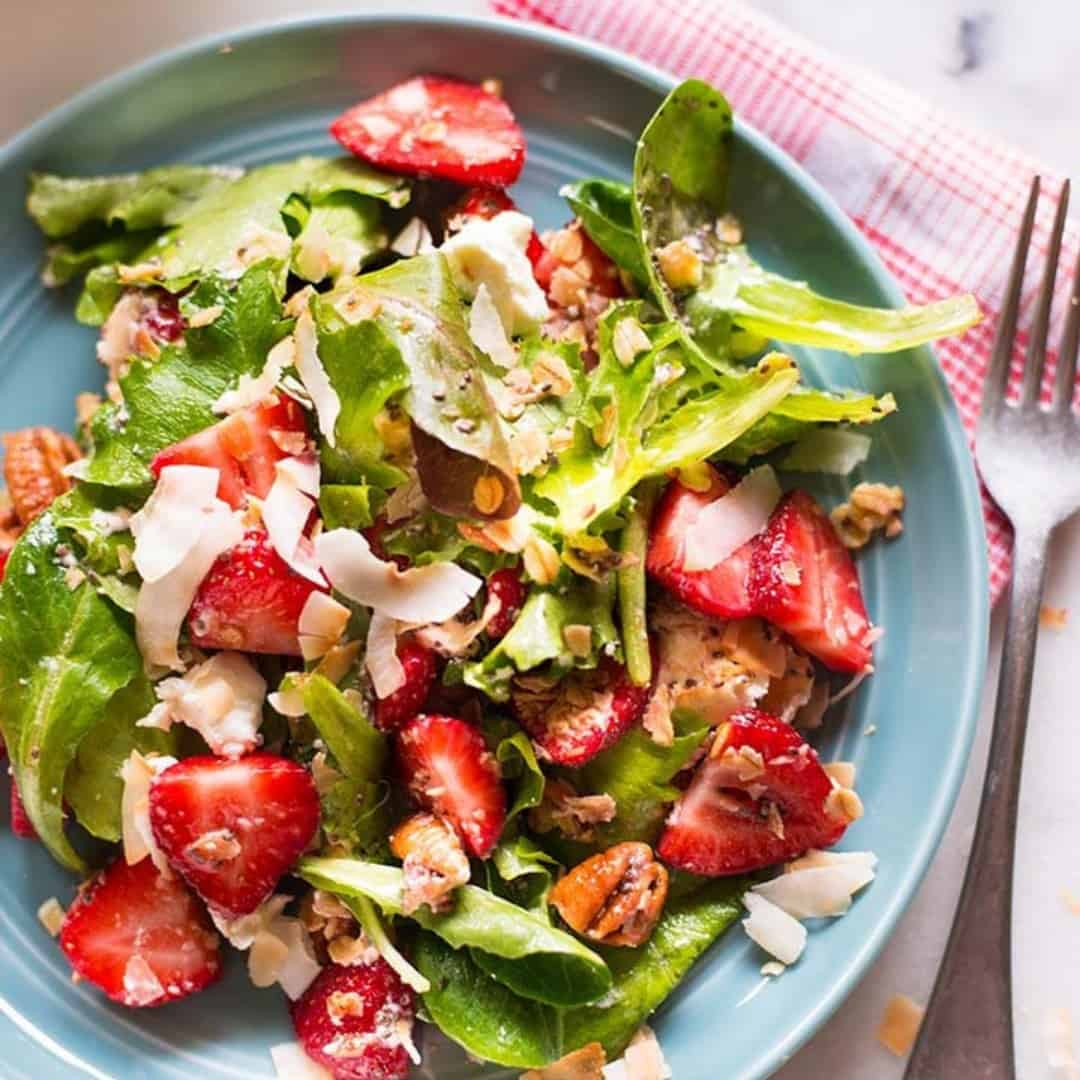
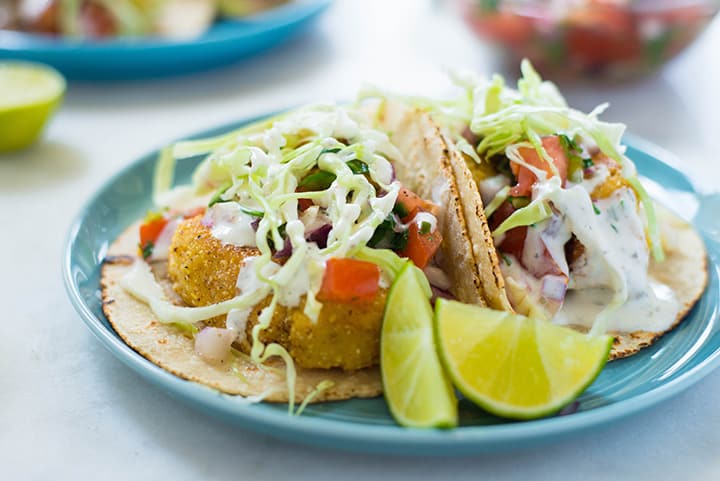

gareth
hi,
just wondering if you meant 500 kcal on fasting days here:
THE ALTERNATE DAY METHOD: FAST EVERY OTHER DAY
Similar to the Eat-Stop-Eat regimen and the Crescendo method
There are several ways to fast as far as chosen hours go
One fasts every other day but can eat up to 500 calories on non-fast days
cheers,
g
Lacey Baier
I most certainly did! Thank you for catching that - it's now updated!